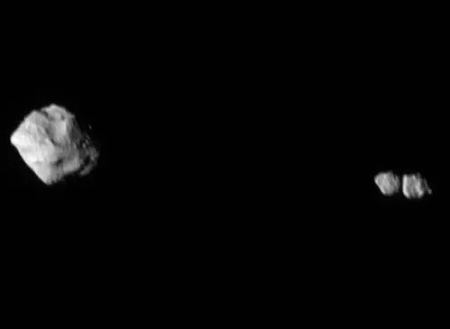Japanese billionaire finally concedes his Starship Moon mission won’t happen in 2023
Japanese billionaire Yusaku Maezawa finally admitted publicly today that his manned Moon mission using SpaceX’s Starship/Superheavy rocket won’t happen in 2023 as first announced in 2018.
The most significant part of the announcement? “”We’re not sure when the flight will be,” Maezawa noted on X. Though SpaceX and several news sources claim that federal approval for the next test launch could occur as soon mid-November, Maezawa — as one of SpaceX’s most important customers — might have more detailed non-public information about that approval process.
Even if that second flight get approved and flies in November, it does not mean Maezawa’s manned mission will soon follow. SpaceX will certainly not be ready for manned Starship launches following this test. It will likely require at least a few more unmanned test launches, with each likely delayed months by the same federal bureaucracy that delayed the second test launch by months.
Unless something significant changes in how the federal government is regulating SpaceX at Boca Chica, the first manned flight of Starship is likely years away, no sooner than 2025, but more likely 2026 or 2027.
Japanese billionaire Yusaku Maezawa finally admitted publicly today that his manned Moon mission using SpaceX’s Starship/Superheavy rocket won’t happen in 2023 as first announced in 2018.
The most significant part of the announcement? “”We’re not sure when the flight will be,” Maezawa noted on X. Though SpaceX and several news sources claim that federal approval for the next test launch could occur as soon mid-November, Maezawa — as one of SpaceX’s most important customers — might have more detailed non-public information about that approval process.
Even if that second flight get approved and flies in November, it does not mean Maezawa’s manned mission will soon follow. SpaceX will certainly not be ready for manned Starship launches following this test. It will likely require at least a few more unmanned test launches, with each likely delayed months by the same federal bureaucracy that delayed the second test launch by months.
Unless something significant changes in how the federal government is regulating SpaceX at Boca Chica, the first manned flight of Starship is likely years away, no sooner than 2025, but more likely 2026 or 2027.












